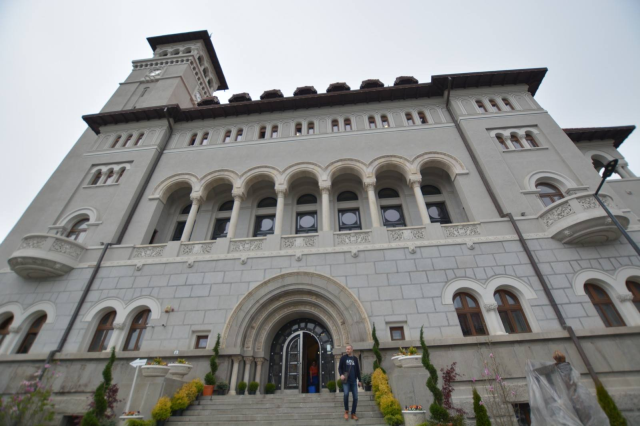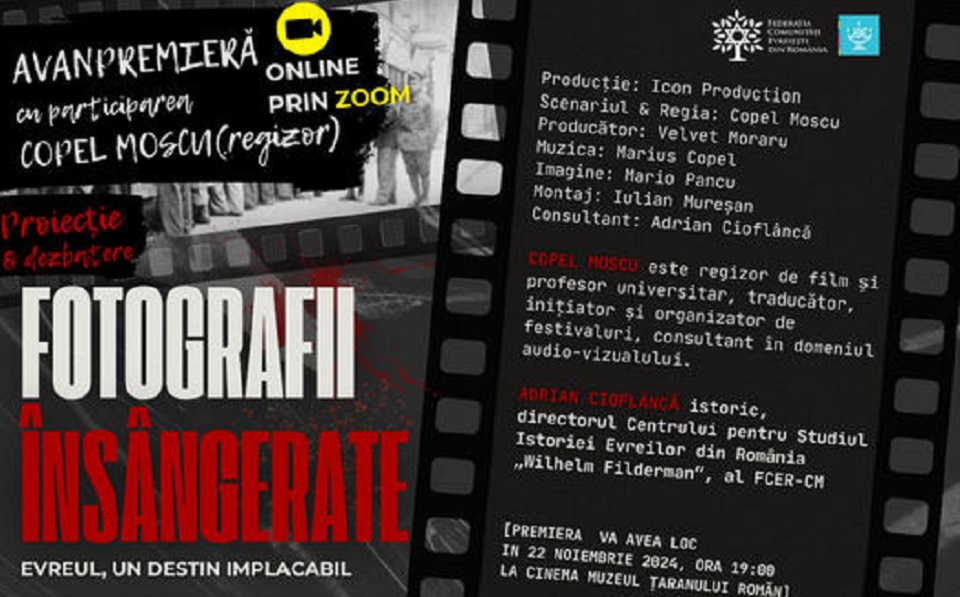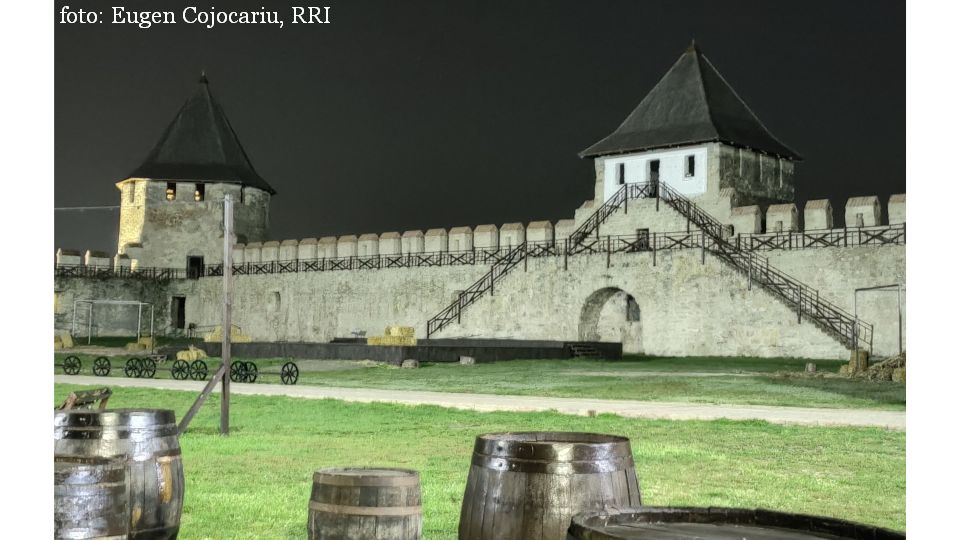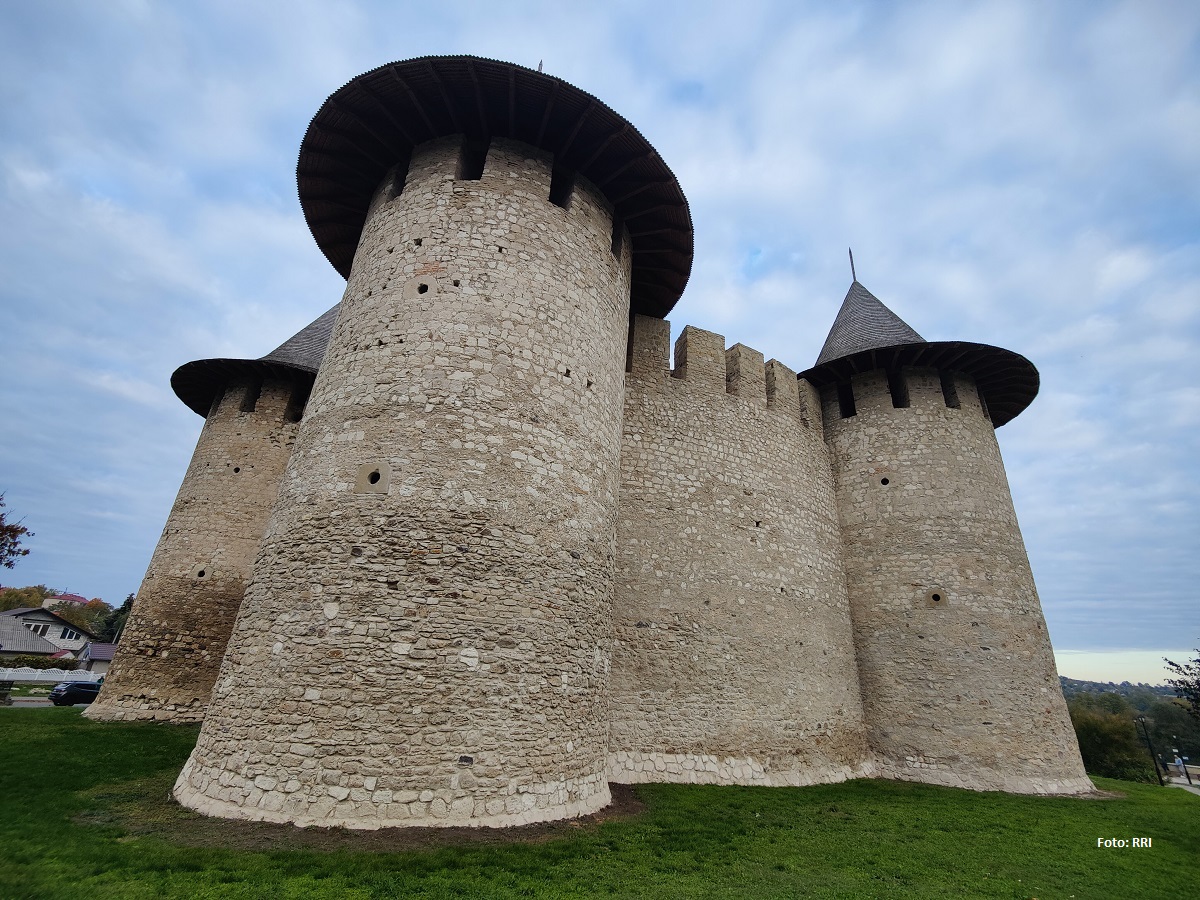City Hall Palace Sector 1
In 1926 it was decided that the management of Bucharest demanded creating administrative units within it called sectors

Christine Leșcu, 29.08.2020, 14:00
The swift development of Bucharest between the wars raised a problem. As such, in 1926 it was decided that the management of the city demanded creating administrative units within it, called sectors, defined by colors. This stands to this day, as Bucharest is divided into six sectors that are mostly the same as when they were created, but with different names. For instance, todays Sector 1 was initially Green Sector. Green Sector city hall is to this day one of the most imposing architectural monuments of the city. The history of the green sector city hall start in 1926, when it started being built. A large plot of land was acquired at the then northern edge of the city, close to where Victory Square is now, with the building housing the government. Local administrations had grand plans related to this area, where it wanted to build an impressive complex of public edifices. They wanted to build city hall itself, then a high school, initially called King Michael I, then Great Voivod Michael, now know as the Ion Neculce National College. Also there were supposed to be a public bath, an atheneum, an athletic complex, and a community theater, among other things. Of all these, what actually went up were the high school and city hall, with construction starting in 1928. The main wing of the building was built within a year.
In October 1928 some of the offices in the building opened to the public, as we were told by architect Hanna Derer, a member of the team that planned the restoration of the building.
She told us about the creators of the initial project:
“According to documentation, it was Nicu Georgescu and George Cristinel. Of the two, the latter is better known, although Nicu Georgescu accomplished a lot, but without much resound. George Cristinel is known to many Romanians, even indirectly, because he designed the Mausoleum of Marasesti. The style chosen by the two architects is an eclectic one, because the building has features of the Neo-Romanian style, which was typical of the era, and influences from older Neo-Roman architecture. That type of architecture explains why the clock tower of city hall is sometimes compared to that of the San Marco cathedral in Venice. This wing of the building was finished within a year, but then things went downhill. Funds were insufficient, which is why in 1933, out of a wish to finish things faster, the mayor signed an agreement with the Finance Ministry to gain some more resources to invest in the building, with the ministry reserving the right to use the secondary wing. Building work continued, allowing the building to be inaugurated as a whole in 1936. On this occasion, City Hall published a report for the public, announcing that the tower of the building was the tallest in Bucharest. In fact, the tower stands at 56 meters, as tall as a building with 17 or 18 stories, which was quite the achievement at that time.”
On top of the clock tower stands the statue of an armor clad warrior, dubbed Pandelica. This statue was the creation of master blacksmith Alexandru Dumitriu, who built a replica of him on the top of his own home, this one dubbed The Brass Man, who is 3.5 meters tall and holds a hammer, the symbol of his creators craft. The master is also responsible for metal decorations for other famous buildings, such as the Romanian Atheneum, the Palace of the Patriarchy, and the North Railway Station Palace. Hanna Derer told us more about Pandelica, the guard on top of Green City Hall:
“He is a sort of an urban legend. According to some he was named after a firefighter of that time, called Pandele or Pandelica. According to others he is Saint Demetrius, patron saint of Bucharest, who is a soldier saint. We dont know who Pandelica is in fact supposed to depict, but that hardly matters any more. He is a landmark already, and widely known. In order for him to be better seen, the man who did the restoration work on the statue, Traian Postelnicu, made a true to life replica of him that he placed as a guard upon the entrance of the building.”
Hanna Derer also told us that the building housed City Hall only between 1929 and 1938:
“In fact, considering that all the offices were set up in the main wing, in the autumn of 1929, we can say that City Hall functioned there only for 8 years, in its early years. In 1938, the building went to the Ministry of the Interior, which used it until 1951. It was in that year that the ministry gives back the building to City Hall, which made it into what it was supposed to be in the first place, the city hall of the sector. At that time, in 1951, this was not called Sector 1, it was called Grivita Rosie District.”
In 2010, the team that Hanna Derer is a member of, led by architect Gabriel Carstea, took over the work of reinforcing and restoring the palace. On June 14, 2015, the building opened its doors to the public.






























